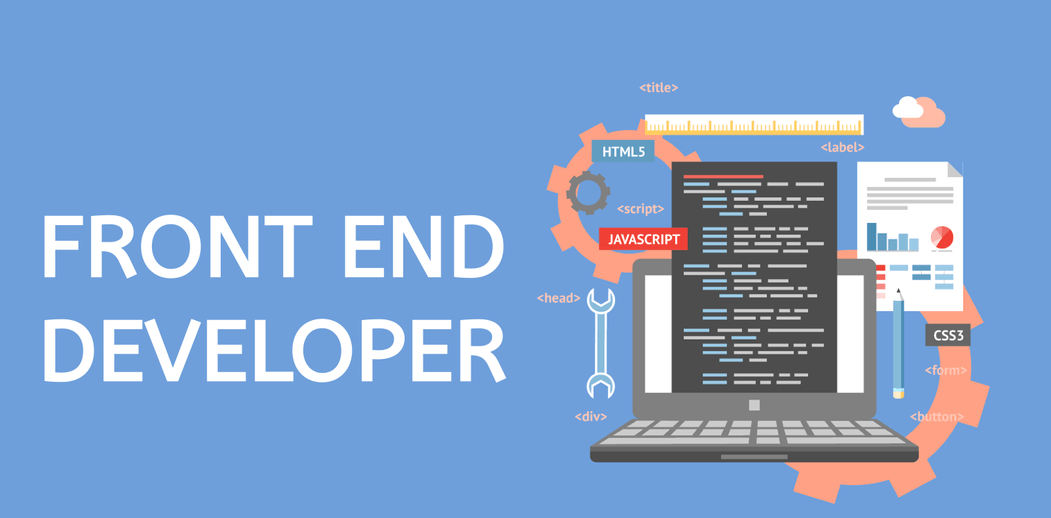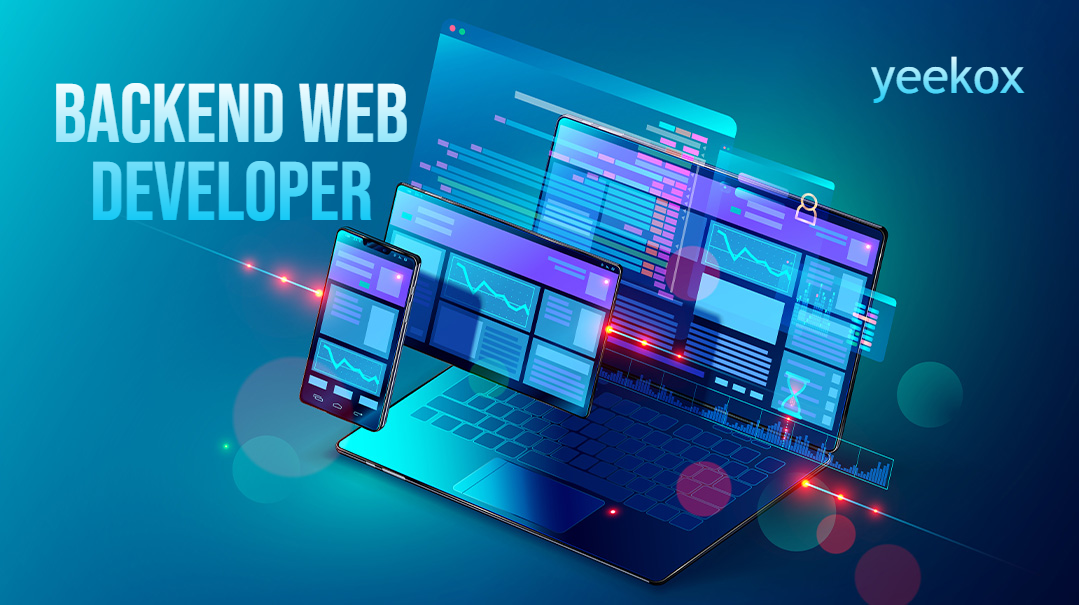Full stack web development is a software development approach where developers work on a web application’s front-end and back-end. This means full-stack developers are responsible for the entire development process, from design and coding to testing and deployment.
Full Stack Web Development Skills
There are many benefits to becoming a full-stack web developer. First, it allows you to have a more complete understanding of the web development process. This can be helpful in troubleshooting problems and making informed decisions about the development process. Second, it can make you more marketable to employers. Many employers are looking for full-stack developers who can save them time and money by handling both the front-end and back-end development of their web applications.
If you’re interested in becoming a full-stack web developer, there are a few things you need to do. First, you need to learn the basics of both front-end and back-end development. There are many resources available online and in libraries that can help you learn these skills. Second, you need to build a portfolio of your work. This will show potential employers what you’re capable of. Finally, you need to network with other developers and get involved in the web development community. This will help you stay up-to-date on the latest trends and technologies.
Here are some of the most popular front-end and back-end technologies that full-stack developers use:
- Front-end: HTML, CSS, JavaScript, React, Angular, Vue.js
- Back-end: Java, Python, Ruby, PHP, Node.js
- Databases: MySQL, PostgreSQL, MongoDB, Redis
Full Stack Web Development: Unleashing the Power of Online Innovation
In the rapidly evolving digital landscape, the significance of web development cannot be overstated. As businesses strive to establish a strong online presence, the demand for skilled professionals capable of creating dynamic and efficient websites continues to soar. Full-stack web development has emerged as a comprehensive approach that encompasses both front-end and back-end technologies, allowing developers to create highly functional and visually appealing websites. In this article, we delve into the world of full-stack web development and explore its immense potential for driving online success.
Understanding Full Stack Web Development
Full stack web development refers to the practice of developing both the client-facing front end and server-side back end of a website or web application. This holistic approach empowers developers to work with a wide array of technologies, languages, and frameworks, enabling them to build robust and versatile digital solutions.
The Role of a Full-Stack Web Developer
A full-stack web developer possesses a diverse skill set that encompasses various programming languages, frameworks, and tools. They are proficient in front-end technologies, such as HTML, CSS, and JavaScript, as well as back-end technologies, including server-side languages like Python, Ruby, or Node.js. Additionally, they are well-versed in databases, version control systems, and server administration.
Advantages of Full Stack Web Development
Efficient Workflow: By having a comprehensive understanding of the entire web development process, full-stack developers can seamlessly transition between different project stages, ensuring a smooth workflow and timely completion.
Cost-Effective Solutions: Hiring a full-stack web developer can be cost-effective for businesses, as they possess the skills to handle both front-end and back-end development tasks. This eliminates the need for hiring separate specialists, reducing overall costs.
Flexibility and Adaptability: Full-stack web developers are adaptable professionals who can readily embrace new technologies and frameworks. Their versatility allows them to pivot quickly and incorporate the latest advancements into their development process.
Holistic Approach: By overseeing the entire web development process, full-stack developers can optimize the website’s performance, security, and user experience from end to end. This comprehensive approach ensures a cohesive and seamless digital solution.
Mastering the Full Stack Toolkit
To become proficient in full-stack web development, it is crucial to acquire a strong foundation in both front-end and back-end technologies. Here are some essential tools and technologies that every aspiring full-stack developer should consider mastering:
Front-End Technologies
- HTML: The building block of web pages, defining the structure and content.
- CSS: Responsible for the website’s visual aesthetics and styling.
- JavaScript: Adds interactivity and dynamic functionality to web pages.
Back-End Technologies
- Python: A versatile language known for its simplicity and readability.
- Ruby: An elegant and developer-friendly language, often used in web development.
- Node.js: A JavaScript runtime environment used for server-side development.
Frameworks and Libraries
- React.js: A popular JavaScript library for building interactive user interfaces.
- Angular: A comprehensive framework for building scalable web applications.
- Django: A high-level Python web framework for rapid development.
- Ruby on Rails: A powerful framework that emphasizes convention over configuration.
Databases
- MySQL: A widely used open-source relational database management system.
- MongoDB: A flexible and scalable NoSQL database for handling unstructured data.
- PostgreSQL: A robust and feature-rich open-source relational database.
Outranking the Competition with Full-Stack Web Development
To outrank other websites in search engine rankings, it is crucial to focus on creating high-quality and relevant content. By incorporating full-stack web development techniques into your website, you can enhance its performance, user experience, and overall search engine visibility. Here are some strategies to consider:
Optimize Website Speed: Implement best practices to ensure your website loads quickly, such as compressing images, minifying code, and utilizing caching techniques. A fast-loading website improves user experience and contributes to higher search engine rankings.
Responsive Design: Develop a website that adapts seamlessly to different devices and screen sizes. Mobile-friendly websites not only cater to the growing number of mobile users but also receive a ranking boost from search engines.
Keyword Research and Optimization: Conduct thorough keyword research to identify relevant terms and phrases for your target audience. Incorporate these keywords naturally into your website’s content, headings, meta tags, and URLs to improve search engine visibility.
Quality Content Creation: Create compelling and informative content that addresses the needs and interests of your target audience. By providing valuable insights and solutions, you establish your website as a reputable source of information, increasing its chances of ranking higher in search results.
Backlink Building: Earn high-quality backlinks from reputable and authoritative websites in your industry. Building a strong backlink profile can significantly boost your website’s credibility and improve its search engine rankings.
User Experience Optimization: Enhance the overall user experience of your website by ensuring intuitive navigation, clear call-to-actions, and engaging visuals. A positive user experience not only encourages visitors to stay longer but also signals search engines that your website is valuable and relevant.
Conclusion
Full-stack web development empowers businesses to create dynamic, efficient, and user-friendly websites that stand out in the digital landscape. By mastering a comprehensive skill set and incorporating effective SEO strategies, you can outrank other websites and drive significant organic traffic to your online presence. Embrace the power of full-stack web development and unleash the potential of your digital innovation.







